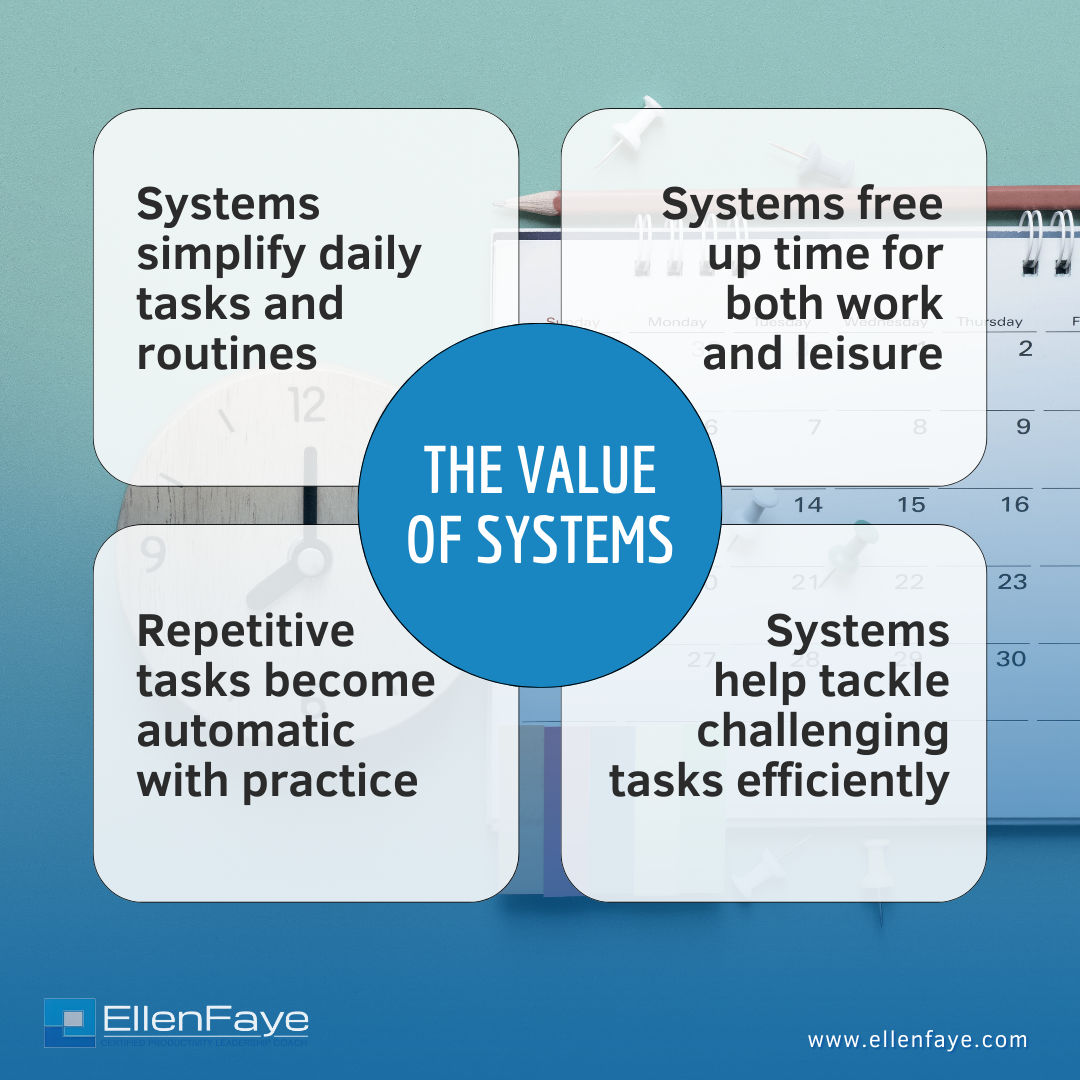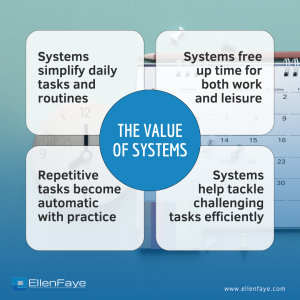22 Oct Prioritize Your Tasks With The 4 D’s: Delegate, Delay, Delete, or Do
Have you heard of the 4 D’s? It’s a principle that has been circulating in my professional circles for years but has gained even more relevance in today’s workplace. Given the workload my clients face, there must be solutions beyond simply working harder and longer. Lately, I’ve been emphasizing the importance of the 4 D’s as a filtering tool to help prioritize tasks on their to-do lists.
Here’s what you need to know to help you use the 4 D’s to filter your tasks. Look at your task list and for every single item on it ask yourself:
- Can I delegate this?
- Is this time-sensitive or can it wait?
- What would be the consequences if I don’t do it?
- Is this a priority in the coming week?
Delegate It
My favorite delegation quote is by Pierre Omidyar, the founder of eBay. He says that “five times 80% is much larger than 100% of me.”
Delegating is hard:
- It takes time
- It takes effort and planning
- It takes patience
- You have to follow up
- Team members probably won’t do it as well as you at the beginning
But Delegating is Worth It:
- If you’re doing someone else’s work, you aren’t doing your own work.
- It improves the effectiveness of the entire team.
- It provides opportunities for growth and drives engagement.
- Best of all, delegating gets it off your plate.
My delegation process involves:
- Defining what to delegate.
- Identifying the right person for the task.
- Providing clear instructions.
- Maintaining open communication.
- Supporting the delegate while empowering them.
- Following up on delegated tasks.
If you can, delegate the task
Delay It
Not all tasks are of equal importance. To determine what can be delayed, consider:
- The impact of postponing the task.
- Who might be affected by the delay.
- Whether approval is needed to delay the task.
- If discussing the delay with someone is necessary.
Time is limited, so prioritizing tasks based on their impact and importance is helpful. If the task isn’t time-sensitive, consider delaying it.
Delete It
Ask yourself, “What would happen if I didn’t do this task?” Some tasks lose their importance over time or may no longer align with your goals or current situation. If a task is deemed non-essential, remove it from your list.
Do It
If doing something serves you, your goals, your business, or someone important to you and it is high impact then that’s a good reason to do it now. Other reasons are the ones I suggest you use to help you prioritize your tasks – if you don’t do it in the next few days
- You will miss a deadline
- It will cost you money
- You will let someone down
- You will be embarrassed
- You will let yourself down
Productivity is about intentional action, so if a task is significant and time-sensitive, tackle it promptly to maintain efficiency. With intention, doing it now makes sense. And that is what productivity is all about.














